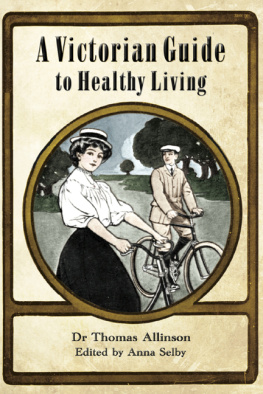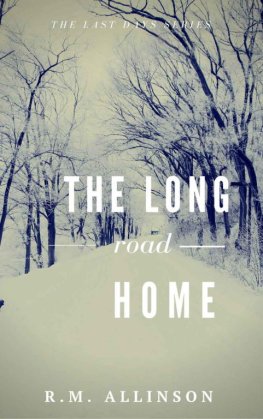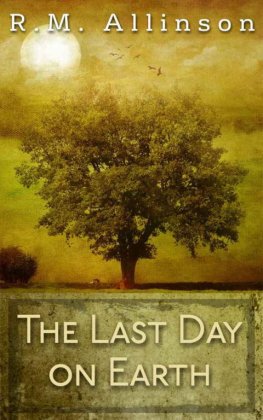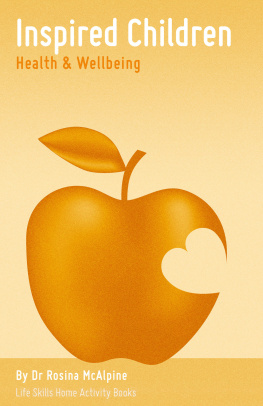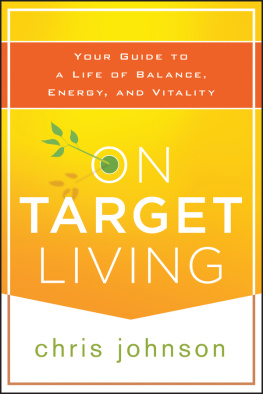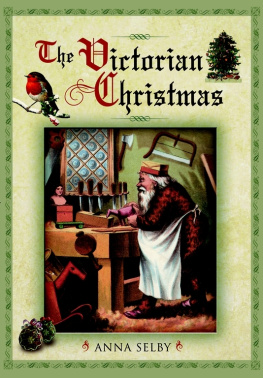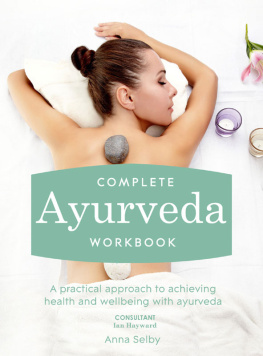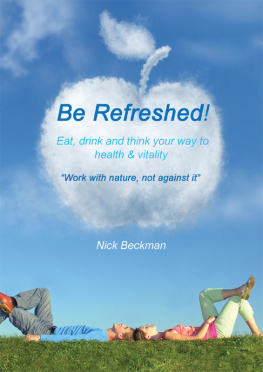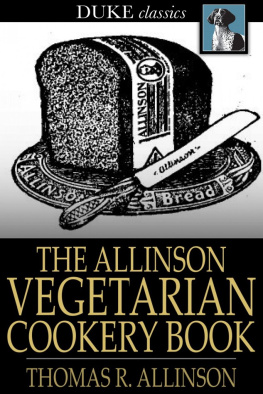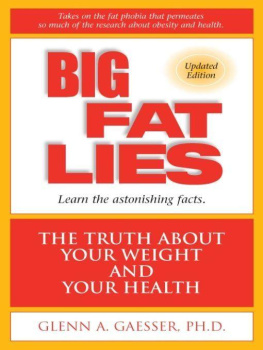

First published in Great Britain in 2009 by
REMEMBER WHEN
an imprint of
Pen & Sword Books Ltd
47 Church Street
Barnsley
South Yorkshire
S70 2AS
Copyright Anna Selby, 2009
ISBN 978 1 84468 076 4
eISBN 9781844684748
The right of Anna Selby to be identified as editor of this work has been asserted by her in accordance with the Copyright, Designs and Patents Act 1988.
A CIP catalogue record for this book is available from the British Library.
All rights reserved. No part of this book may be reproduced or transmitted in any form or by any means, electronic or mechanical including photocopying, recording or by any information storage and retrieval system, without permission from the Publisher in writing.
Printed and bound in the UK
by MPG Books
Pen & Sword Books Ltd incorporates the imprints of Pen & Sword Aviation, Pen & Sword Maritime, Pen & Sword Military, Wharncliffe Local History, Pen & Sword Select, Pen & Sword Military Classics, Leo Cooper, Remember When, Seaforth Publishing and Frontline Publishing
For a complete list of Pen & Sword titles please contact
PEN & SWORD BOOKS LIMITED
47 Church Street, Barnsley, South Yorkshire, S70 2AS, England
E-mail: enquiries@pen-and-sword.co.uk
Website: www.pen-and-sword.co.uk
CONTENTS
INTRODUCTION
Y OU ARE what you eat was an idea that came to prominence in the 1960s and if at first it was thought of as a bit cranky, it soon took hold of the popular imagination to the extent that nowadays we have health gurus examining the fridges, cupboards, bins (and even more intimate waste) of the hapless public. In fact, the phrase or something very like it, A man is what he eats was first uttered by one Dr Thomas Richard Allinson who would have been over 100 had he survived to the decade it was aired the second time around.
To say that Allinson was a man before his time is putting it very mildly, though contrary to popular belief, the Nineteenth Century was an era when many new ideas and ways of living were tried on for size. He was not, for instance, the only advocate of vegetarianism. George Bernard Shaw, H. G.Wells and Charles Darwin were, too, and in the United States, a fellow doctor and vegetarian, John Harvey Kellogg, proposed a healthy way of life based on diet and exercise and became the inventor of the corn flake. It was at best though, regarded at the time as a somewhat eccentric way of life.
Allinson combined his role as doctor with that of a popular newspaper columnist and from 1885 wrote a column in The Weekly Times and Echo . He wrote books and gave lectures and achieved a huge following for his advice on hygienic medicine healthy food, regular exercise and fresh air as a cure for most ills. This may seem like stating the obvious nowadays but it was certainly not the view at a time when filth and squalor were the norm in Victorian cities. Industrial smoke and waste meant air pollution was rife. Food itself was often adulterated with chemicals and even poisons. The nations health was appalling with 43 the average life expectancy and almost half of all babies and children dying before they reached their fifth birthday. Much of this, Allinson believed, could be traced back to the poor diet and conditions most people suffered.
His conclusion was hygienic medicine, a way of life that was regarded as radical at the time, even if today we take most of it for granted. His premises included that a healthy diet (lots of wholemeal bread, fruit and vegetables) resulted in a healthy life; everyone should take plenty of exercise; obesity was the result of overeating; tobacco was a cause of cancer (most doctors said it was good for you); and that the medicines of the day, largely based on mercury, opiates and arsenic, did more harm than good. Extraordinary as it seems today, these views were regarded at best as eccentric, at worst dangerous.
Championing diet and exercise as more effective cures than medicine was bad enough. But perhaps it was his belief that consulting a doctor was likely to do you more harm than good that brought him into the greatest conflict with his peers. Eventually accused of infamous professional conduct he was struck off the Medical Register in 1892. But then he did accuse most doctors of being in the ranks of professional poisoners.
He was to find himself in trouble with the law, too, and was prosecuted under the Obscene Prints Act for selling obscene literature. This was his 1901 pamphlet A Book for Married Women which championed womens rights, particularly the right of a woman to choose the size of her family and practise birth control. Women have rights as well as men, and to force a woman to have more children than her constitution will bear, or it is her desire to have, is an act of cruelty that no upright man would sanction. The magistrate pronounced that it contained as much filth as could be compressed into a given space and fined him 250.
Of course, not all of Allinsons views would be regarded favourably today. He was, for instance, a vigorous opponent of vaccination against smallpox. But no one can doubt the energy and conviction with which he championed a healthy diet or womens rights ideas we now take for granted. However, Allinson is remembered less for his groundbreaking ideas than for the product that still bears his name today wholemeal bread.
As part of his campaign for improving the nations diet, in 1892 he bought a flour mill in Bethnal Green where he produced stone ground, wholemeal flour, campaigning against the white flour and bread that was so popular in Victorian England. White bread was widely believed to be the healthiest option at the time and wholemeal flour containing bran was thought to be bad for the digestive process. Chemicals were often added to the white bread to make it whiter still and the mills that produced it were far from clean. Allinson believed the grain should be stone ground and nothing including the bran should be discarded. He went on to found The Natural Food Company selling healthy foods. During the First World War, the value of whole grain bread was recognised and Allinson was offered the right to re-register as a doctor. He refused. His bread is still in the shops today.
Cold baths and three-hour walks in the rain may not be greeted too enthusiastically today but many of Allinsons ideas are now recognised as the foundation of health. So raise a glass or should that be a cup of thin cocoa to Dr Thomas Richard Allinson, pioneer of holistic medicine, champion of womens rights and founder of a flour empire.
Perhaps the best place to start to understand the man is in his essay entitled:
THE WAY I LIVE MY LIFE
I am an Englishman, born and bred in Lancashire, I studied and took my degree in Edinburgh, and came to London in 1880. I was born on March 29, 1858, and was married in 1888; my height is about 5ft 9in and my weight is about 9st 3lbs. I have been lighter in weight, but never much heavier.
I am of fair complexion, have a sandy beard, and a good head of hair, brushed back over my head, but not parted. I am full in the face, and my cheeks are ruddy; when walking I stoop a little from writing so much. My health is phenomenally good, but that is because I take care of it and live by rule. My spirits are always cheerful, and I have enough energy in me for two or three people.
I have not eaten any fish, flesh, or fowl since February 1882, as I find I can do my work much better without these things. When I first started life for myself, I had only my earnings to fall back on, and I found a non-flesh diet allowed me to make most of what little I had and what I earned; now I find such a diet allows me to make most out of my powers, and so I keep to it.
Next page
